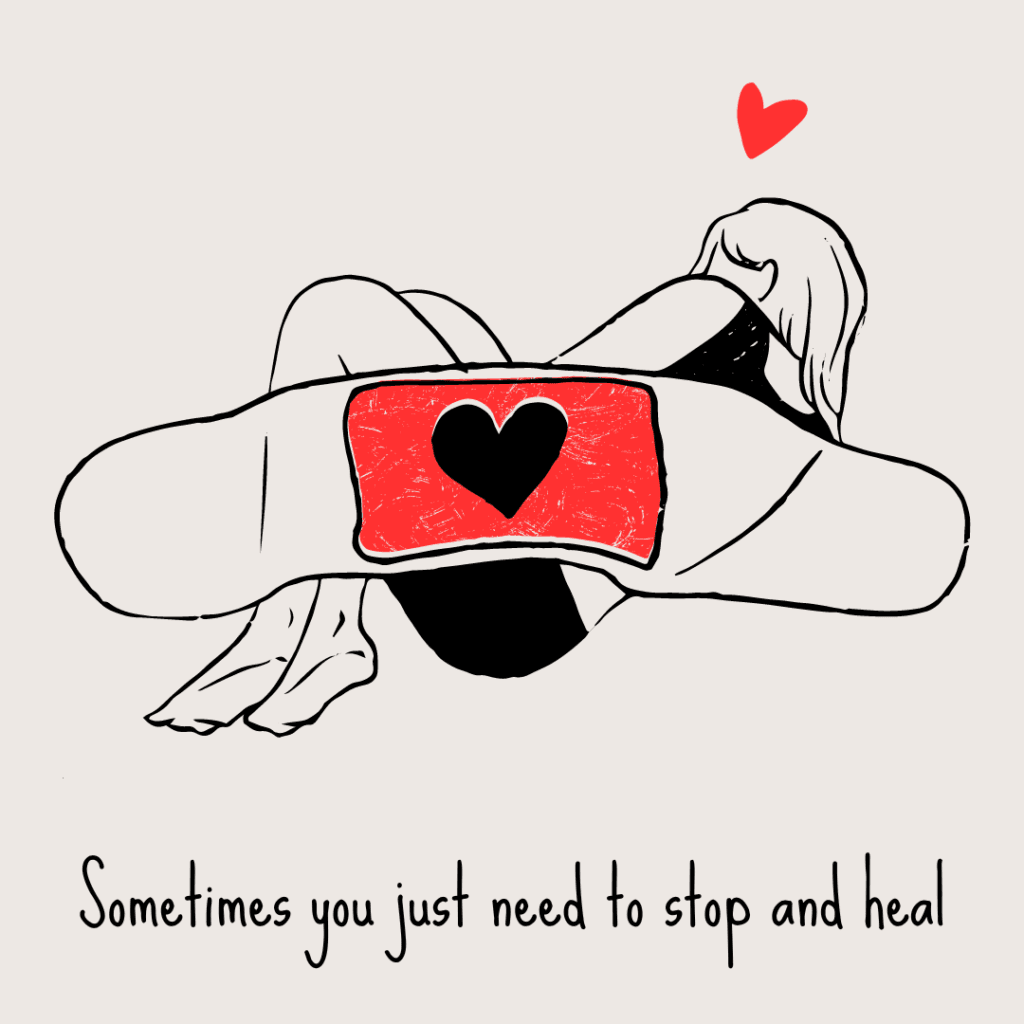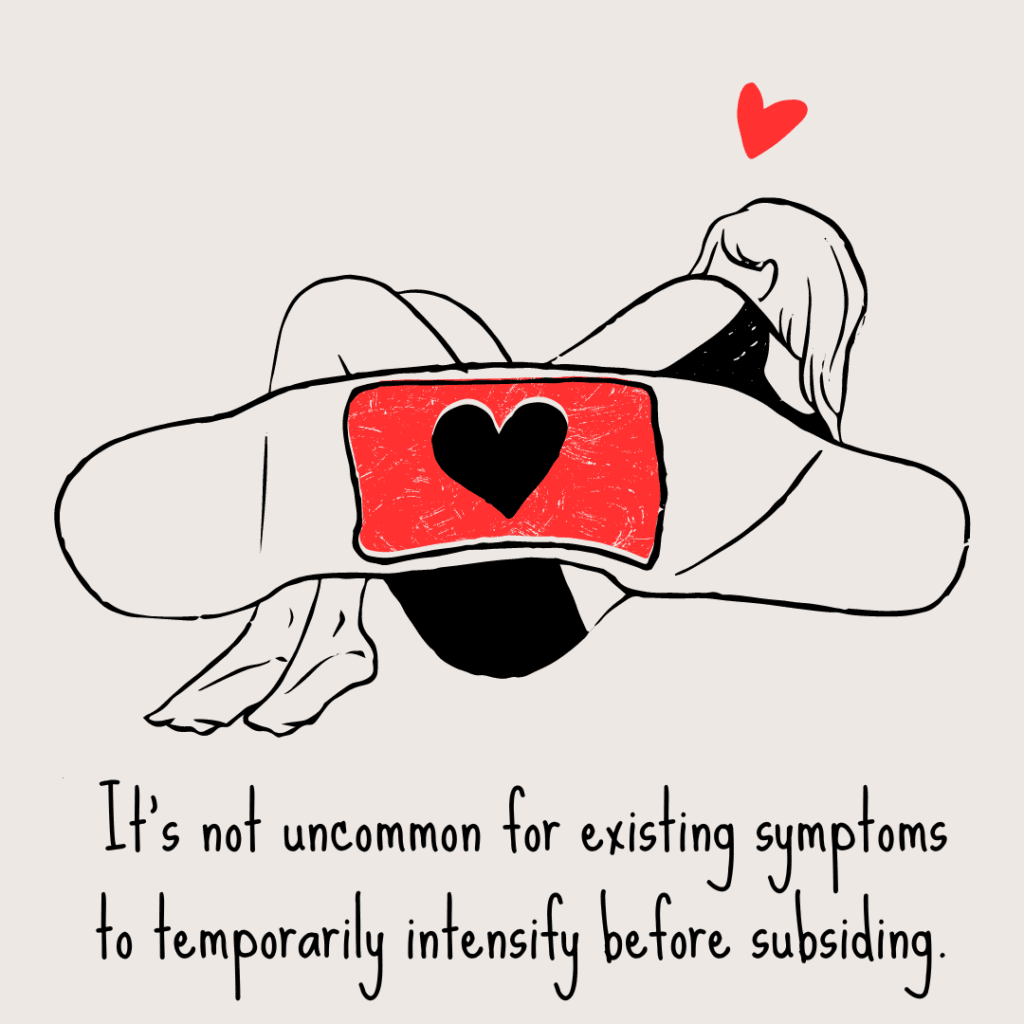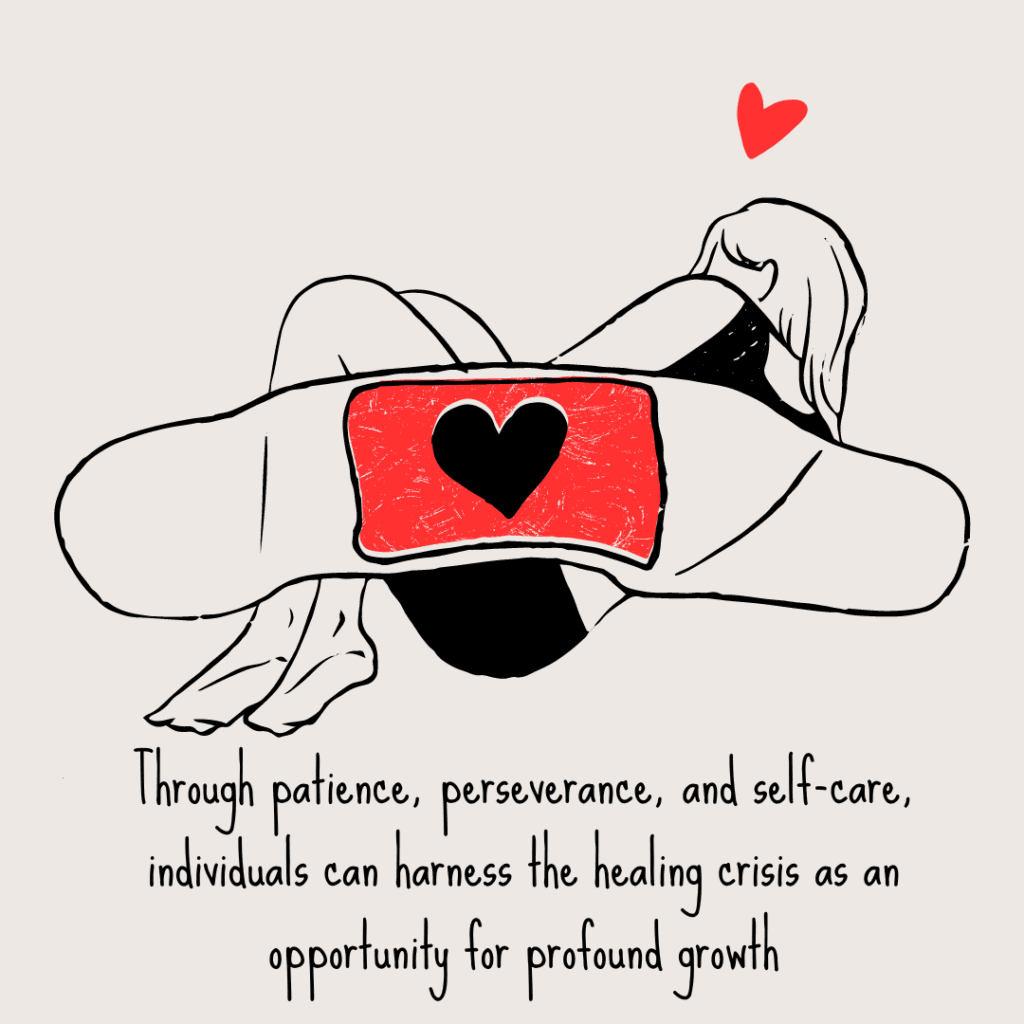Embarking on a journey toward holistic wellness often involves encountering what’s known as a healing crisis—a period of temporary discomfort or exacerbation of symptoms as the body undergoes the healing process. Understanding the physical and emotional manifestations of a healing crisis, as well as the factors that can trigger it, is essential for navigating this transformative phase with resilience and insight. In this article, I will delve into what a healing crisis entails, both physically and emotionally, and explore the various factors that may contribute to its onset.
Understanding the Healing Crisis:
A healing crisis, also referred to as a Herxheimer reaction or detox reaction, is a natural response that occurs when the body initiates the process of self-healing and detoxification. As the body releases stored toxins, undergoes physiological adjustments, or addresses underlying imbalances, individuals may experience a range of physical and emotional symptoms that reflect the body’s healing efforts.
Physical Manifestations of a Healing Crisis:
- Increased Fatigue: During a healing crisis, the body redirects energy toward the healing process, which can result in feelings of fatigue or lethargy as the body undergoes repair and regeneration.
- Worsening of Symptoms: It’s not uncommon for existing symptoms to temporarily intensify before subsiding. This phenomenon, often referred to as a “healing reaction,” reflects the body’s efforts to eliminate toxins or address underlying imbalances.
- Digestive Disturbances: Digestive symptoms such as bloating, gas, constipation, or diarrhoea may arise as the body eliminates toxins or adjusts to dietary changes implemented to support healing.
- Skin Breakouts: Skin eruptions, acne flare-ups, or rashes may occur as the body eliminates toxins through the skin, reflecting the detoxification process underway.
- Emotional Turmoil: Emotional ups and downs, mood swings, irritability, or heightened sensitivity may accompany a healing crisis as the body releases stored emotional toxins or addresses underlying psychological imbalances.
Emotional Manifestations of a Healing Crisis:
- Release of Suppressed Emotions: The healing process often involves the release of pent-up emotions or unresolved trauma stored within the body, leading to emotional outbursts, tears, or feelings of vulnerability.
- Heightened Awareness: As individuals undergo profound shifts in consciousness or self-awareness, they may experience periods of introspection, insight, or heightened sensitivity to their inner world and external environment.
- Resistance and Frustration: Facing challenges or setbacks during the healing journey can evoke feelings of frustration, resistance, or impatience as individuals navigate the uncertainties and complexities of their healing process.
- Spiritual Awakening: Some individuals may undergo profound spiritual experiences or existential shifts as they explore deeper aspects of their being and connect with a greater sense of purpose or meaning in life.
Factors Contributing to a Healing Crisis:
- Detoxification Protocols: Initiating detoxification protocols such as fasting, cleansing diets, or supplementation can accelerate the release of toxins, triggering a healing crisis as the body purges accumulated waste.
- Dietary Changes: Adopting a healthier diet rich in whole foods, fruits, and vegetables while eliminating processed foods, sugar, and artificial additives can prompt a healing crisis as the body adjusts to dietary changes and eliminates toxins.
- Stress Reduction: Engaging in stress-reducing practices such as meditation, yoga, or breathwork can initiate the healing process by promoting relaxation, reducing cortisol levels, and enhancing overall well-being.
- Holistic Therapies: Undergoing holistic therapies such as acupuncture, massage, or energy healing can stimulate the body’s natural healing mechanisms and trigger a healing crisis as the body rebalances and recalibrates.
- Emotional Healing: Addressing unresolved emotional issues, trauma, or negative thought patterns through therapy, journaling, or expressive arts can catalyse a healing crisis as individuals confront buried emotions and release emotional toxins.
Final thoughts:
While the journey toward holistic wellness may entail encountering a healing crisis, understanding its physical and emotional manifestations, as well as the factors that can trigger it, empowers individuals to navigate this transformative phase with resilience, compassion, and self-awareness. By embracing the discomfort and challenges inherent in the healing process, individuals can facilitate profound shifts in their physical, emotional, and spiritual well-being, ultimately emerging stronger, more vibrant, and more aligned with their authentic selves.
As with any aspect of the healing journey, it’s essential to honour the body’s wisdom, listen to its cues, and seek support from qualified healthcare practitioners or holistic healers when needed. Through patience, perseverance, and self-care, individuals can harness the healing crisis as an opportunity for profound growth, transformation, and renewal on their path toward optimal health and vitality.





1 comment
The content is highly appreciated only up; I have found a plethora of valuable information here. Kindly continue to provide such perceptive writings.